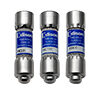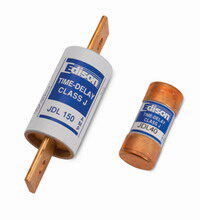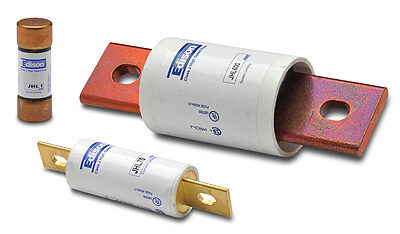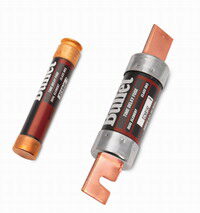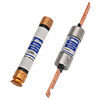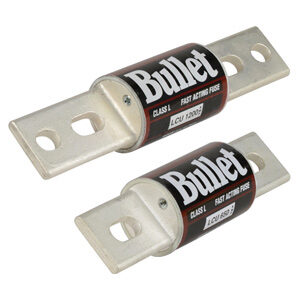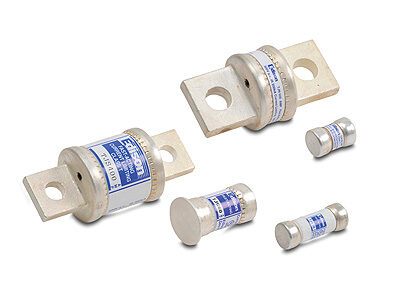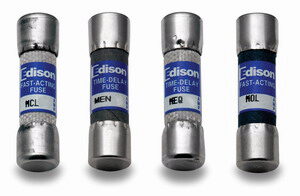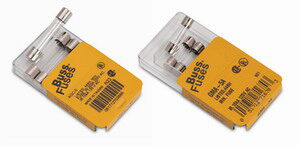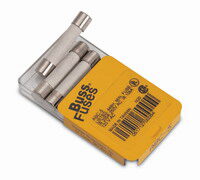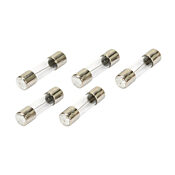 Cookies are not enabled on your browser.
Cookies are not enabled on your browser.Cookies are required for our site. Please enable cookies in your browser preferences to continue.
- Barcode / RFID / Vision
- Bulk Wire & Cable
- Cables (Terminated)
- Circuit Protection / Fuses / Disconnects
- Communications
- Drives & Soft Starters
- Enclosure Thermal Management & Lights
- Enclosures & Racks
- Field I/O
- HMI (Human Machine Interface)
- Hydraulic Components
- Motion Control
- Motor Controls
- Motors
- Pneumatic Components
- Power Products (Electrical)
- Power Transmission (Mechanical)
- Process Control & Measurement
- Programmable Controllers
- Pushbuttons / Switches / Indicators
- Relays / Timers
- Safety
- Sensors / Encoders
- Stacklights
- Structural Frames / Rails
- Tools & Test Equipment
- Valves
- Water (Potable) Components
- Wire & Cable Management
- Wire & Cable Termination
- Retired Products
Configuration Utilities
- PLC Family Selector
- P1000 PLC Systems
- P2000 PLC Systems
- P3000 PLC Systems
- ProductivityCODESYS
- CLICK PLC Systems
- Do-more® BRX PLC Systems
- LS-Electric® XGB PLC Systems
- Productivity®Open Systems
- Datalogic® Safety Light Curtains
- LS-Electric® Servo Systems
- Nitra® Pneumatic Grippers
- Object Detection (Sensors)
- PAL Controller Configurator
- Precision Gearbox Selector
- Protos X® Field I/O
- Pyrometers Selector
- Quadritalia® Modular Enclosures
- Stellar® Soft Starters
- Stepper System Selector
- SureFrame T-slot Extrusion
- SureMotion® XYZ Gantry
- SureServo2® System Selector
- SureStep® Linear Actuators
- Timing Belts & Pulleys
- Werma® Stacklights
- ZIPLinks
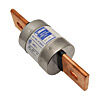
Fuses provide overcurrent or overload protection in an electrical circuit to prevent damage to the load or power source. They are available in current ratings up to 1200A in a wide selection of operating characteristics to fit specific needs, such as fast-acting and time-delayed functionality.

This page will refresh momentarily.
Warning
Some of the selected facets have been selected by the {{ assistanceData.title }} Help.
Resetting/clearing ALL facets will end {{ assistanceData.title }} Help.
![Help icon]() Selection Assistance - {{ assistanceData.title }}
Selection Assistance - {{ assistanceData.title }}
Stride Interactive Product Tour Request
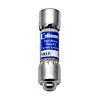
Current Limiting Class CC Fuses
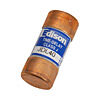
Current Limiting Class J Fuses
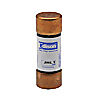
Current Limiting High-Speed Class J Drive Fuses
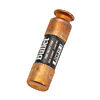
Current Limiting Class RK5 Fuses
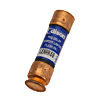
Current Limiting Class RK1 Fuses
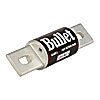
Current Limiting Fast-Acting Class L Fuses
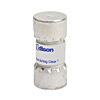
Current Limiting Class T Fuses
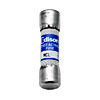
General Purpose - Class M (Midget) Fuses
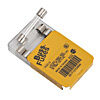
Small Dimension Electronic Glass Fuses
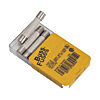
Small Dimension Electronic Ceramic Fuses

PLC Spare Fuses
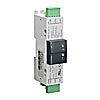
Blown Fuse Monitoring Relays
Fuses
Category Selection
- Current Limiting Class CC Fuses
- Current Limiting Class J Fuses
- Current Limiting High-Speed Class J Drive Fuses
- Current Limiting Class RK5 Fuses
- Current Limiting Class RK1 Fuses
- Current Limiting Fast-Acting Class L Fuses
- Current Limiting Class T Fuses
- General Purpose - Class M (Midget) Fuses
- Small Dimension Electronic Glass Fuses
- Small Dimension Electronic Ceramic Fuses
- PLC Spare Fuses
- GS Drives Fuse Kits and Spare Fuses
- Blown Fuse Monitoring Relays
Fuses can be used for a variety of overcurrent and overload applications. They can be used to protect transformers, motors, DC power supplies, lighting circuits, contactors, relays and other industrial and commercial electrical equipment and conductors.
A Current-limiting fuse meets the following three conditions:
- Interrupts all available overcurrents within its interrupt rating.
- Within its current limiting range, limits the clearing time at rated voltage to an interval equal to, or less than, the first major or symmetrical current loop duration.
- Limits peak let-through current to a value less than the available peak current.
An extensive selection of industry-standard fuses is available that are manufactured using the highest quality materials and manufacturing methods. Fuse types include:
- Class CC
- Class J
- Class RK5
- Class RK1
- Class L
- Class T
- Class M
- Small dimension glass and ceramic
![]() Fuses Overview and Selection Guide
Fuses Overview and Selection Guide
For part listings and specifications, go to Shop Now
Current Limiting Class CC Fuses
Class CC fuses offer current-limiting functionality with fast-acting response. In ratings up to 30A, these Edison fuses suit many applications:
- HCLR series for resistive loads
- HCTR series for power transformers or solenoids
- EDCC series for motor protection
Current Limiting Class J Fuses
Class J fuses offer current limiting functionality in a small physical size and are ideal for Type 2 protection of IEC motor controls, inductive loads, transformer circuits, and lighting loads. Edison JDL series time-delay fuses are available in ratings up to 600A.
Current Limiting High-Speed Class J Drive Fuses
Current-limiting high-speed Class J drive-rated fuses combine the performance of high-speed semiconductor fuses and the convenience of Class J branch-circuit fuses in one small package. In ratings up to 600A, the Edison JHL series provides maximum protection for AC and DC drives and controllers.
Current Limiting Class RK5 Fuses
Class RK5 fuses offer cost-effective current limiting and are recommended for AC power distribution mains, feeders, and branch circuits for motors, transformers, or heating/lighting. In ratings up to 600A, Edison EC series dual-element time-delay fuses offer a minimum 10 second delay at a 5x fuse rating.
Current Limiting Class RK1 Fuses
Class RK1 fuses offer superior current limitation, overload and cycling capabilities, for maximum protection of AC power distribution mains, feeders and branch circuits for motors, transformers, and heating/lighting. Edison dual-element time-delay LEN and LES series are available in ratings up to 600A.
Current Limiting Fast-Acting Class L Fuses
Class L current-limiting fast-acting fuses protect drives, circuit breakers with lower interrupting ratings, and non-inductive loads such as lighting and heating. Edison LCU series fuses are available in ratings from 601 to 1200A.
Current Limiting Class T Fuses
Class T extremely fast-acting fuses are compact, current-limiting devices ideal for panel board, load center, and meter stack protection. In ratings up to 600A, the Edison TJ series is also recommended for non-inductive loads such as lighting and resistance-heating circuits.
General Purpose - Class M (Midget) Fuses
Midget Class M fuses are useful for supplemental fast-acting protection of control circuits, electronic equipment, street lighting, and HID lighting. In ratings up to 50A, Edison M series compact fuses offer a high interrupt rating design that responds quickly to overloads and short-circuit current.
Small Dimension Electronic Glass Fuses
General-purpose miniature electronic fuses with glass bodies are used to protect low-voltage circuits and components. These Edison fuses are RoHS compliant and offer a selection of features such as fast action and time delay, many in ratings up to 30A.
Small Dimension Electronic Ceramic Fuses
General-purpose miniature electronic fuses with ceramic bodies protect low-voltage circuits and components where better thermal and arc protection is desired. These Edison low-voltage fuses offer fast action in ratings up to 30A (ABC series) or time delay in ratings up to 20A (MDA series).
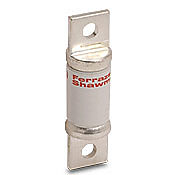
GS Drives Fuse Kits & Spare Fuses
Prevent costly damage to variable frequency drive equipment by utilizing fusing for circuit protection. GS series fuse kits are performance-matched to each GS series AC drive. The kits include all necessary fuse blocks and fuses (replacement fuses sold separately).
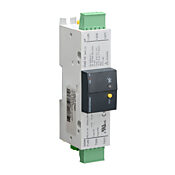
Blown Fuse Monitoring Relays
Blown fuse monitors for Socomec FUSERBLOC UL 98 fusible disconnects can mount on DIN rail, panel, or directly to the switch to detect fuse opening. Models utilize a latching relay and auxiliary contact, plus indicating LED(s), to display and transmit status.
Check out our job openings
Free Online PLC Training
FREE Video Tutorials
FREE e-Newsletter
Automation Notebook
Product Literature
White Papers
News, Product and Training Bulletins
E-Books
 Safe &
Secure
Safe &
Secure

We accept VISA, MasterCard, Discover, American Express, PayPal or company purchase orders.
Voted #1 mid-sized employer in Atlanta
Check out our
job openings

